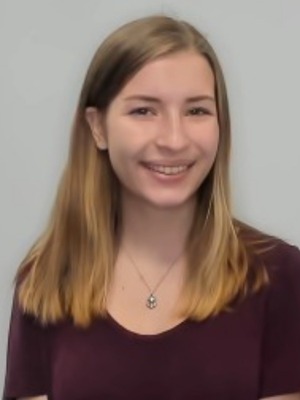Below is a summary of the abstract you submitted. Presenting author(s) is shown in bold.
If any changes need to be made, you can modify the abstract or change the authors.
You can also download a .docx version of this abstract.
If there are any problems, please email Dan at dar78@pitt.edu and he'll take care of them!
This abstract was last modified on March 16, 2021 at 6:06 p.m..

Antibiotic-resistant bacteria continue to be a global concern, and alternative treatments, such as bacteriophage therapy, are of increased interest. Sequencing of novel bacteriophages further elucidates what is known about their evolution and application. Bacteriophage PurpleGoat was extracted from an ant pile in Stephenville, Texas, in 2020 and isolated using host bacterium Microbacterium foliorum NRRL-24224. Following two rounds of serial dilution, PurpleGoat formed slightly turbid circular plaques 3mm in diameter. PurpleGoat was then amplified and purified from webbed plates for a high volume lysate. Transmission electron microscopy identified PurpleGoat to have Siphoviral morphology with a 145nm tail and 45nm capsid. PurpleGoat was determined to be 100% identical to bacteriophage Scamander, previously isolated in a vegetable garden over 1,600 km away in Rock Hill, South Carolina, in 2017. Bacteriophages Rowley, also found in Stephenville in 2018, and Bernadetta, found in Pensacola, Florida, in 2020, are also identical. This particular phage might be associated with commercial soil, but the discovery of Bernadetta may suggest otherwise, as it was found in a water meter box. These isolates are in Cluster EE, are 17,542 bp in length with 68.7% G+C content, and have a 9 bp overhang of 5’-CCCGCCCCA-3’. Annotated at Winthrop University, the isolates have 26 predicted protein-encoding genes, including structural proteins, DNA binding proteins, an endolysin, and endonuclease.

